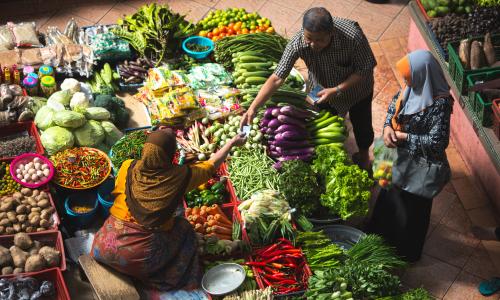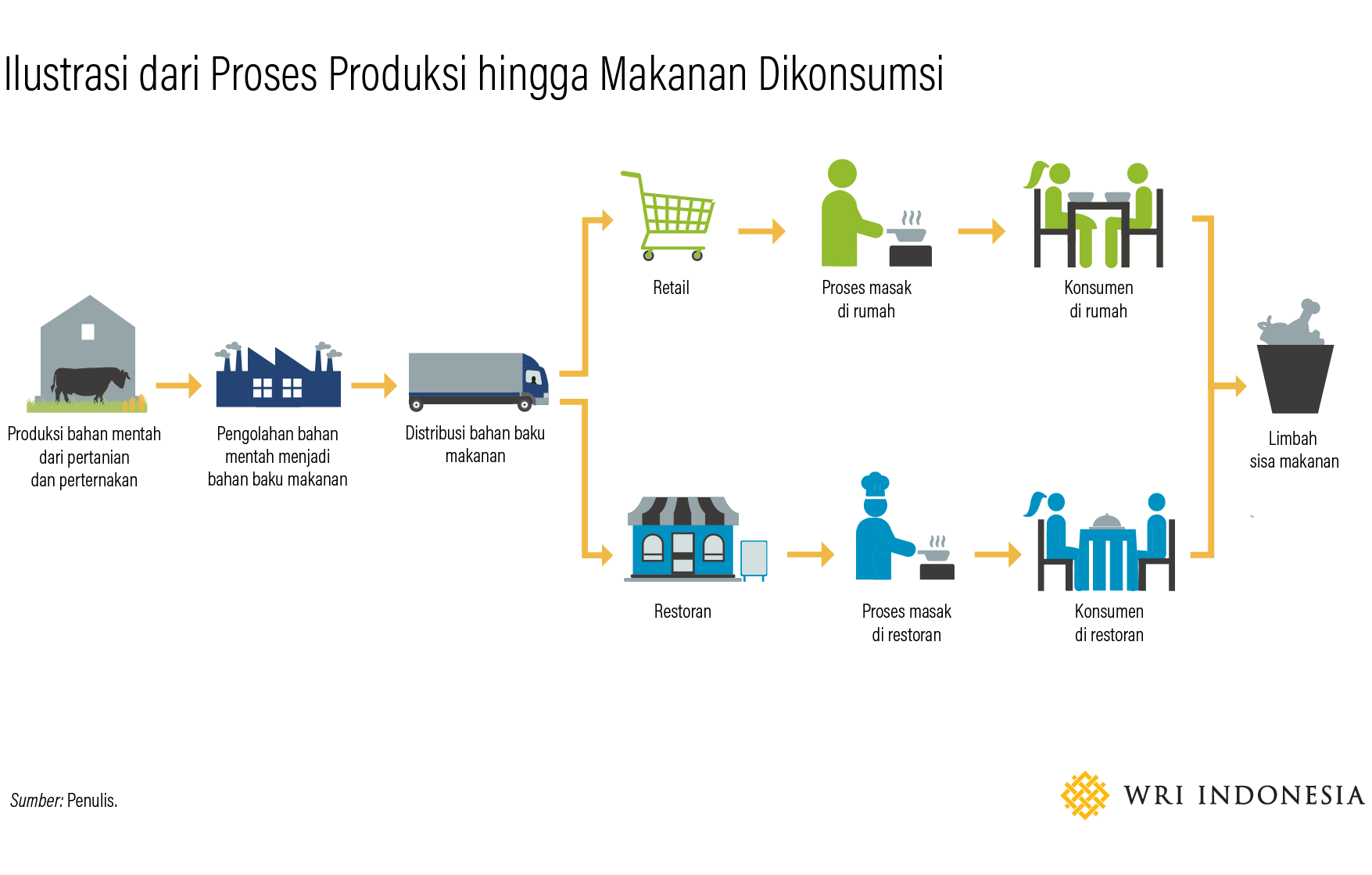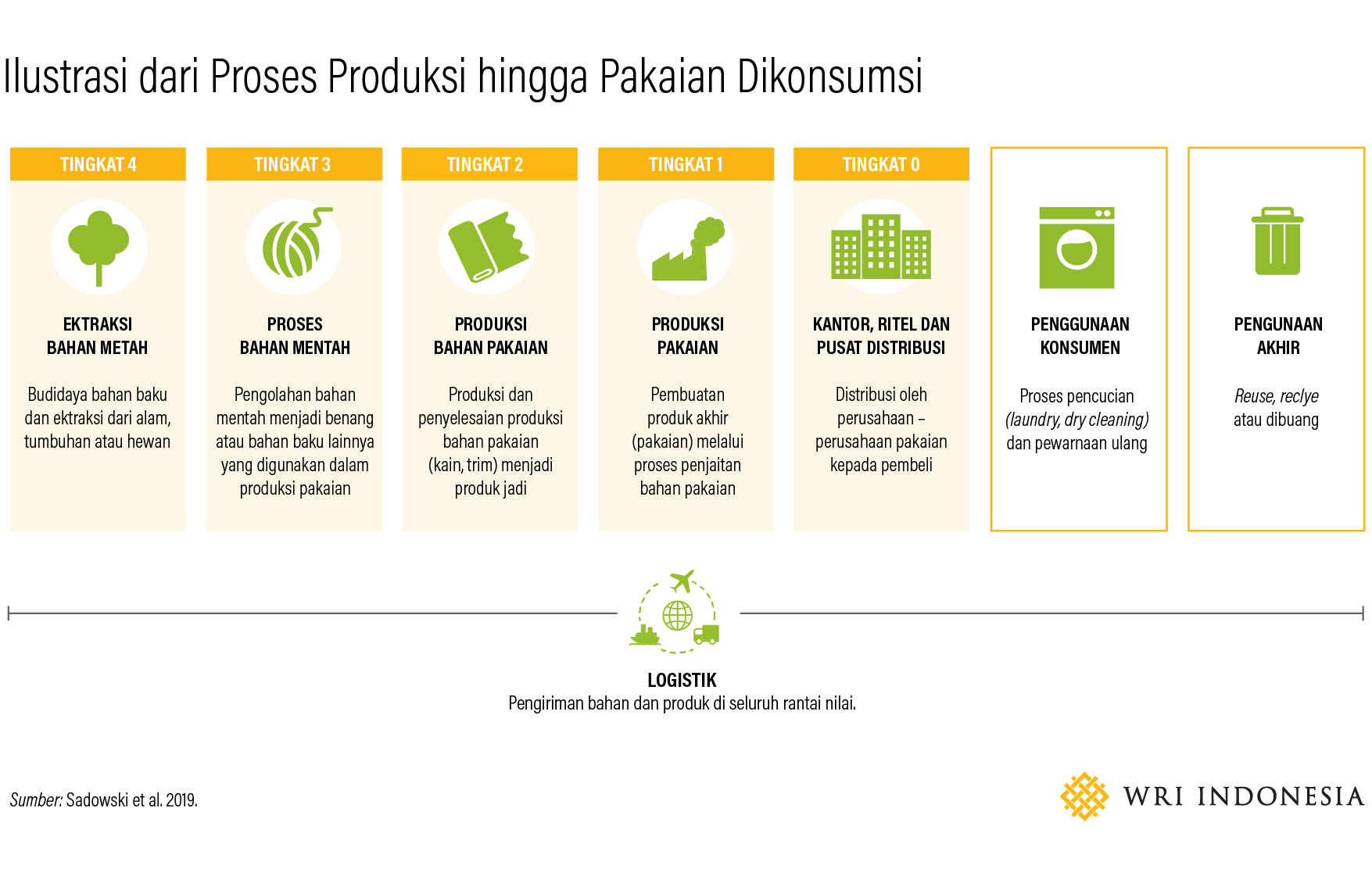
People are Key to Combating Climate Crisis. The New Version of EMISI App Can Help.
The latest IPCC report (2021) affirms that greenhouse gas (GHG) emissions, including carbon dioxide (CO2), are the main drivers of climate change, which causes a chain reaction from extreme weather and sea level increase to natural disasters, such as drought and floods. The global GHG emissions have increased by 43% in the last two decades, equivalent to 51,8 gigatons of CO2 in 2018, indicating the possibility of a worse and more rapid climate crisis.
On the other hand, the IPCC report also states that human actions can affect the future climate. This certainly provides a glimpse of hope that every activity, action and step taken by each individual plays a significant role in reducing CO2 emissions and determines the course of climate change moving forward.
The EMISI app is here to provide guidance, choices and a platform to help every individual and organization calculate, reduce and act to absorb the impact of GHG emissions produced in our daily lives. On the day of Indonesia’s independence on 17 August 2020, the EMISI app was launched with a feature for calculating emissions from the land transportation sector and the emissions absorbed by trees. On the same date this year, EMISI is back with four additional features for calculating GHG emissions from food consumption, clothing, electrical appliances use and daily waste production.
Why are these four features important in combating climate crisis?
GHG emissions from food consumption
Food consumption is estimated to account for over 10,2–17,4 GtCO2e in 2010, equal to 28% of global emissions from all sectors, with the consumption of animal products contributing 62% or approximately 6,1–10,9 GtCO2eq of the total GHG emissions from food. This estimation covers all food production activities from farming, energy use, chemicals and minerals production, land use as well as land and forest conversion to wastes resulting from food production and GHG emissions from the distribution of food products. GHG emissions from food will continue to rise as the human population increases. However, each individual can play a role in reducing food consumption demand by refraining from the excessive purchase of food to prevent food waste or spoilage.

GHG emissions from clothing
Same as food, garment production also generates GHG emissions at every stage from the extraction of raw materials, manufacturing of the garments to selling the clothes. The clothing industry is responsible for 10% of the annual global carbon emissions or equal to all international flights and sea voyages per year combined. At the current rate of clothing purchases, GHG emissions for the clothing industry could soar by up to 50% in 2030. Therefore, to minimize the increase of GHG emissions from the clothing industry, a constraint is needed from individuals in choosing and purchasing clothes.

GHG emissions from electricity use
The world still mostly relies on fossil fuels from coal to oil and gas for electricity. With the increasing population, electricity demand is predicted to continue to rise, which in turn will continue to increase the CO2 emission produced by the sector. Meanwhile, the electricity consumption sector currently accounts for almost two thirds of the CO2 emissions rate CO2. In 2018, CO2 emissions from energy even increased by 1,7% - the highest CO2 emission rate in history - to 33,1 Gt CO2 or equal to 44 times the total emissions of Germany. The use of coal for power plants has exceeded 10 Gt CO2 with the highest concentration in Asia, including Indonesia. Every individual can reduce GHG emissions produced by power plants by conserving energy and using energy-efficient electrical appliances. This effort is expected to reduce energy demand and ultimately decrease fuel consumption in carbon-intensive power plants.
GHG emissions from household wastes
GHG emissions produced from household wastes account for 5% of the total global GHG emissions. The rate of emissions produced in this sector depends on the waste management process from storage, collection, transportation, recycling, and disposal to disposal at a landfill.
In Indonesia, 60–70% of waste produced is transported to landfills, while the remaining 30–40% ends up in rivers, burnt or managed by the communities. This waste management method that relies on landfills contributes 8% or 134 MtCO2e, which is much higher compared to global emissions from waste management in 2018.
Therefore, waste management needs to be improved in order to minimize waste that ends up in landfills. This can be done by increasing efforts for recycling, composting, reusing waste as a source of energy through incinerator technology and other methods. Every individual plays a role in determining how the waste we produce daily can be properly managed and the GHG emissions from this sector can be reduced.
Equipped with features to calculate, reduce and absorb emissions from land transportation, food, clothing, electricity and waste, the latest version of the EMISI app is expected to help anyone understand the impacts of GHG emissions in a more transparent yet scientific way. In addition to being accessible, the method also suits various lifestyles, while helping us switching to a less emission-intensive lifestyle and allows us to participate in combating climate crisis.
Currently, the EMISI app can be downloaded for free on Play Store (Android) and App Store (iOS). In the future, EMISI is planning to add other features, such as a calculator for GHG emissions from air transportation, sea transportation and logistics. Furthermore, EMISI will be continuously developed to improve user interface. To that end, any inputs and suggestions from the people of Indonesia are welcomed.